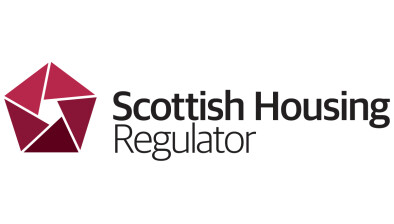Regulator removes supplementary Covid guidance regarding Annual Assurance Statements

The Scottish Housing Regulator (SHR) has written to all registered social landlords and local authorities to give information which will support them when preparing their Annual Assurance Statement (AAS).
The Statements are due to be submitted by 31 October 2022.
In August 2020, SHR published temporary advisory guidance to assist landlords to adapt their approach to the submission of the AAS to reflect the impact of the pandemic. With the ending of all Covid restrictions, this supplementary guidance has now been removed.
In a letter sent to landlords, SHR gives advice about the preparation of the AAS and encourages landlords to refer to its Annual Assurance Statement statutory guidance.
The letter reads: “We know you are continuing to work to recover from the impact of the pandemic and fully restore services and programmes of work. We appreciate that the pandemic may therefore continue to impact on compliance with regulatory requirements. You should again identify in this year’s AAS any remaining non-compliance with regulatory requirements that is directly due to the pandemic and distinguish this from non-compliance for other reasons. You can also set out in the AAS further information about any non-compliance which is not directly attributable to the pandemic, but has been exacerbated by it.
“We have said previously that we want to understand and to be able to acknowledge where external factors affect a landlord’s ability to fully comply with regulatory requirements. We know that as well as the pandemic there are other factors which may impact on your compliance and we would encourage you to highlight any reasons for non-compliance in your AAS.
“We have taken account of this when we assess each landlord’s performance and risk and will continue to do so where appropriate.
“In the AAS submitted in 2021 we asked social landlords to provide us with assurance in their AAS that they had appropriate plans to implement an effective approach to the collection of equalities information and that they had started to consider how they can adopt a human rights approach in their work.”







